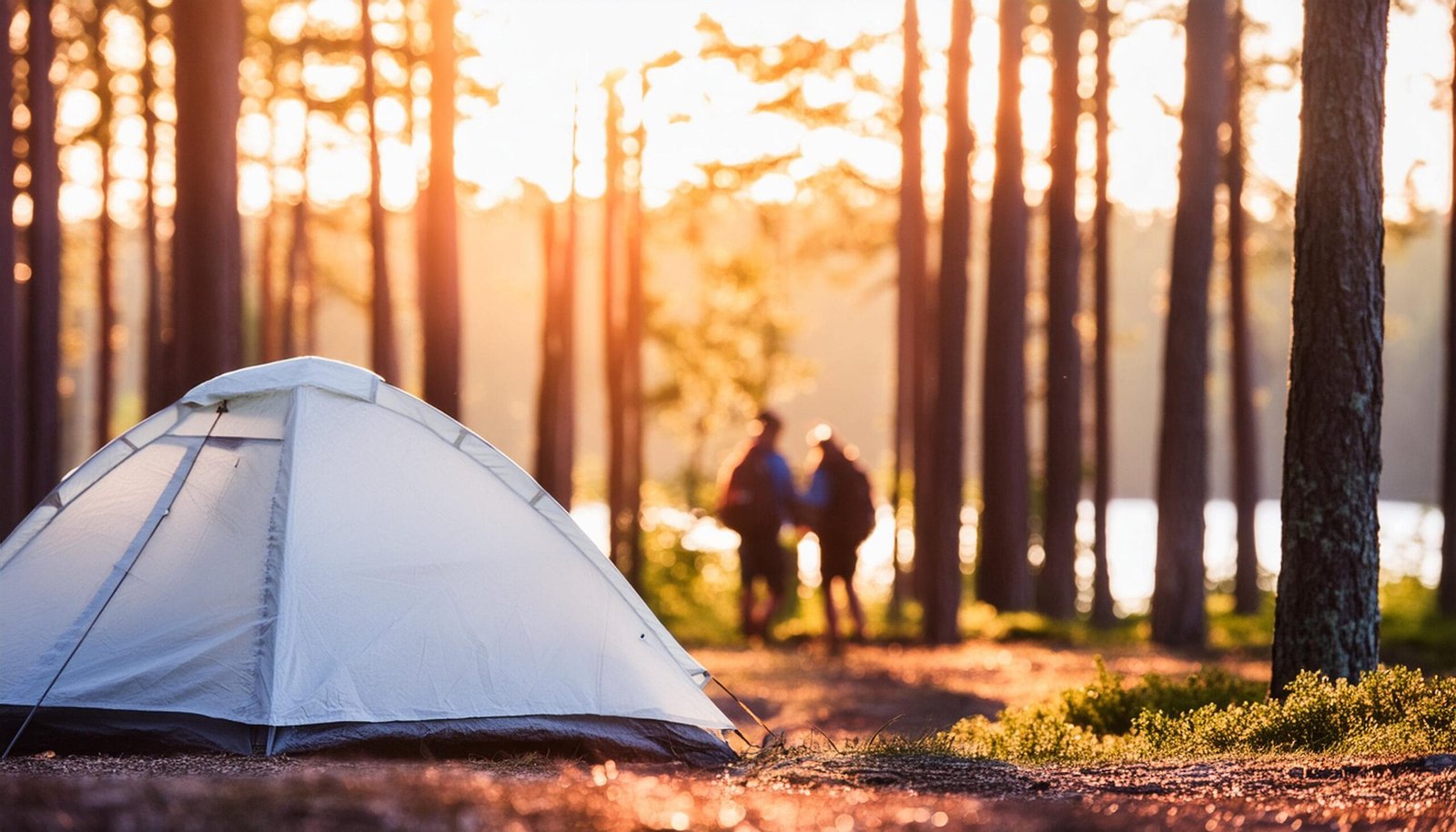1.7.2025
Choosing a sleeping bag
When choosing a sleeping bag, it is important to know what conditions the bag will be used in. There are three different categories of sleeping bags: summer, three-season and winter. The choice can sometimes be challenging if you don’t know exactly what season you are going to be hiking.
Many people end up buying a couple of different options: a thin summer bag and a three-season bag. You can use both of these on top of each other when hiking in the winter, as long as the materials are high-quality and breathable.
Weight and pack size are of great importance when you are carrying all your equipment with you for several days. In this case, the best option is to choose a bag that is slightly warmer than the predicted outdoor temperature so that you don’t have to freeze. Also note that when sleeping in a lean-to or in the open air, the wind can increase the feeling of cold.
Sleeping bags are filled with down, fiber or a mixture of these. Of these, down always provides a lighter solution compared to fiber, as down is a better insulator relative to its weight. Down also compresses better, so it also packs into a smaller space.
Sleeping bags always come in three different temperature standards. These are comfort, limit and extreme. These three values provide an indication of the temperature at which it is comfortable to sleep in a sleeping bag, what is the recommended lowest temperature and how cold a person can still survive without hypothermia. The idea of a sleeping bag is therefore to act as an insulator. The body produces heat and the sleeping bag acts as a barrier between the warm indoor air and the colder outdoor air.
– Comfort: This temperature can be considered indicative for women, beginner hikers or those who get cold easily.
– Limit: This temperature can be considered indicative for men, experienced hikers or people who do not get cold easily.
– Extreme: The lowest temperature at which you can survive overnight without suffering hypothermia.

A sleeping bag alone does not guarantee a warm night’s sleep, as the time of day and the season can affect how cold you feel. Eating, heavy walking, or how cold you are when you go to bed are also influential factors. Additional warmth and comfort can be improved by purchasing a sleeping bag liner, which helps keep your sleeping bag clean.
It is also worth considering what kind of sleeping pad you are hiking on. Especially during cold seasons, the sleeping pad plays a major role in insulating you from the cold radiating from the ground.


